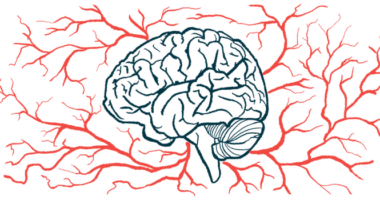More Online Queries in Winter Suggest Seasonal Variations in SCD Activity

More people search for information on sickle cell disease (SCD) during winter than summer, indicating seasonal changes in symptom flare-ups, an analysis of Google search queries shows.
Findings were published in the study, “Seasonal manifestations of sickle cell disease activity,” in the journal Nature Medicine.
In SCD, hemoglobin, the protein in red blood cells that is responsible for carrying oxygen throughout the body, is abnormally shaped because of a mutation in the gene that makes one of the components of hemoglobin. These sickle-shaped cells die prematurely, causing anemia, or low levels of red blood cells. They also clog blood vessels, leading to severe pain and organ damage.
Previous studies have examined the association between cold weather and episodes of severe pain in SCD patients, but the results are conflicting, according to the authors.
Analyses of keywords used in Google searches have been used in the past to predict patterns in conditions such as influenza, so the team applied that concept to try and understand how seasonal changes might affect SCD activity.
Many people will first search the internet to gather information about a symptom that is bothering them. Therefore, evaluating how many users searched for “sickle cell disease” over a certain period of time can provide an estimate of SCD activity. For this purpose, the researchers used the Google Trends tool, which provides data on what is being searched in a particular region at a given time.
They analyzed Google search trends for “sickle cell disease” between January 2004 and August 2018. They assessed the patterns in countries that have cold seasons — the United States, United Kingdom, and Canada in the Northern Hemisphere, and Brazil, Chile, and Argentina in the Southern Hemisphere.
The team found that although the seasons occur at different times in the northern and southern hemispheres, the number of queries for SCD always peaked in the winter, with fewer searches in the summer.
In the U.S., a similar pattern was noted in the warm states of Texas and Georgia as well as in colder states such as New York and Indiana.
In a search trend analysis in the tropical countries of Africa such as Ghana and Nigeria, which do not experience winter, no such pattern was observed.
As a control, the team evaluated the search trends for chronic conditions (myeloma, prostate cancer, cirrhosis, and dementia) that are not influenced by seasonal temperature changes. They found no seasonal variations.
A search trend analysis in countries where SCD is not prevalent, e.g., Russia and South Korea, did not provide enough data to indicate a pattern. Therefore, “queries are likely elicited by the presence of patients with SCD,” the researchers suggested.
“These results that take input from numerous users in the world strongly support the notion that SCD activity has seasonal manifestations in temperate countries,” they said.
According to the team, the influence of climate on SCD symptom exacerbation could affect clinical trial outcomes for new therapeutics based on the time of year patients are recruited.
It is therefore vital that “the time of enrollment in multi-center clinical trials should be monitored to avoid a seasonal time bias, particularly if enrollment was shorter or longer than a full year,” they concluded.






